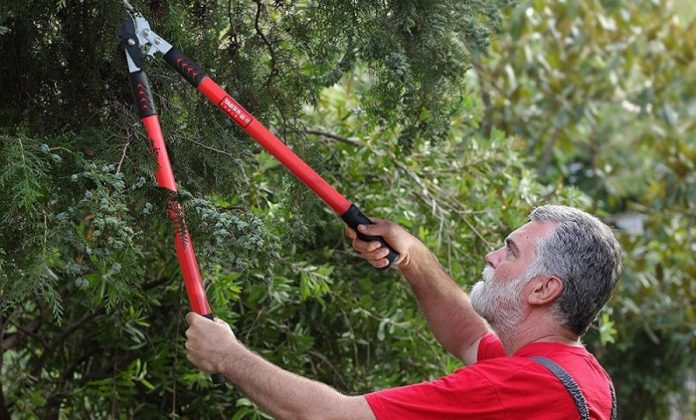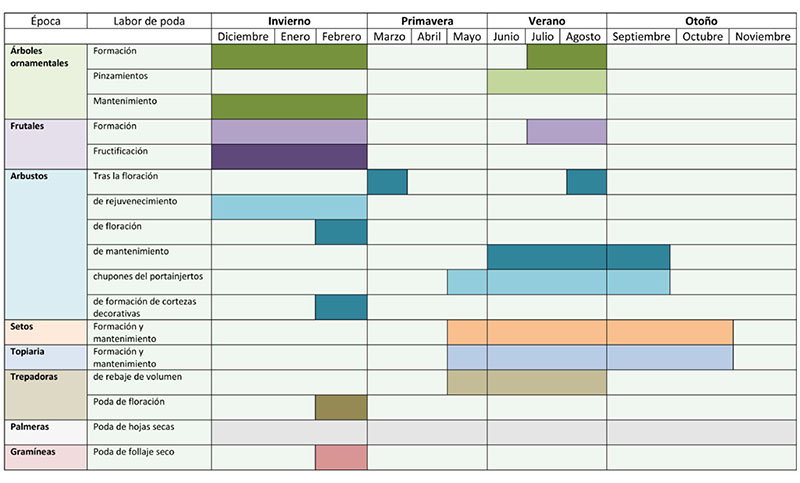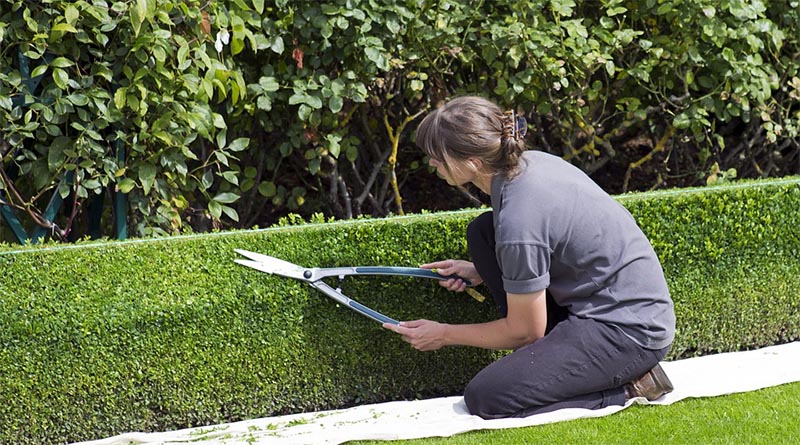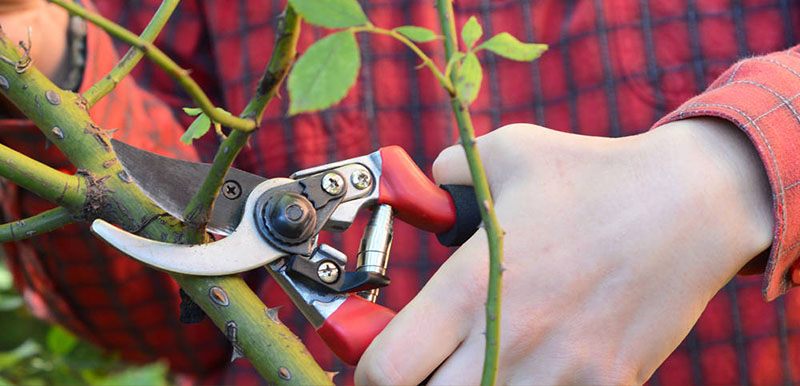
Gardening and landscaping are closely linked to DIY. Moreover, I would dare to say that they are a branch (pun intended) or extension of it.
For this reason, we wanted to dedicate this article to plant pruning and arboriculture. Being structured as follows:
- Introduction.
- Types of pruning.
- Basic tips.
- Pruning tools.
Introduction to plant pruning
If you are reading this article, it is probably because you have decided to do the pruning of your garden yourself.
If so, before you get down to work, I advise you to buy a book on the subject. There are very good books for 10 or 15€. Or, if you prefer, you can search for information on the internet.
One way or another, you must be clear about the types of plants you have in your garden to properly focus your “self-training.”
Before continuing, I would like to clarify that the information and advice included are of a general nature. That is why, I insist, before starting you should seek a minimum knowledge about it. And, when in doubt, seek professional advice.
Having said that, let’s move on to what interests us.
What is pruning?
It is the process of trimming a tree, plant or shrub that, done carefully and correctly, enhances the growth and beauty of the plant. Even in the case of fruit trees, it can increase their yield.
When to do the pruning?
Not all plants are pruned in the same way, or at the same time of year. For this reason, I include below the infographic of the pruning calendar included in the book “La poda y sus secretos” by Íñigo Segurola.

Pruning Calendar.
types of pruning
If you are new to ‘garden DIY’, you may be surprised that there are different types of pruning. This is part of the basic knowledge you should have.
Each variety of tree, as well as in the different stages of its life, needs a certain type of pruning. The most important prunings are included below.
cup pruning
It is carried out during the first year, and consists of pruning the main branch of the crown to favor branching.
With this type of pruning, a dense crown of branches is achieved and the tree is kept at a certain height.
BEWARE, not all trees support this type of pruning. Trees without this ability will die. Only species with epicormic growth are suitable.
In general, there are many fronds that support it, and few conifers. Some examples of trees that can be pruned are beeches, oaks, maples, banana trees, and mulberry trees.
formation pruning
Formative pruning is carried out after several years, when the tree is still young, in order to form a strong trunk with robust branches, thus forging the structure of the adult tree.

winter pruning
It is the one that is carried out in winter on slow-growing or not very vigorous trees, slowing down the formation of flowers.
summer pruning
Summer pruning, also called green pruning, is intended to regulate tree growth.
cleaning pruning
Clean pruning consists of removing old and dry branches in order to expose hidden branches and stems to more direct sunlight.
basic tips
Plants are living beings and as such they must be treated, since they are not exempt from diseases as a result of incorrect pruning.
The basic rules that must be taken into account for pruning plants are very few, but important.
- The first step in pruning our plants is to have the necessary tools and to keep them sharp, clean and disinfected.
- It is important to try not to make cuts more given since, in these, pests can emerge that affect their growth and flowering. If this happens, we must apply a healing paste to the wound so that it heals properly.
- It is advisable to clean and disinfect the tool before moving on to the next plant. In this way we eliminate the possibility of transmitting a disease from one plant to another.
- At the end we must clean again well and disinfect the tools before storing them.

home pruning equipment
The number of existing tools for pruning plants is overwhelming. However, the basic pruning tools needed for garden maintenance are not many.
manual scissor
I mean the one that is operated with one hand. Its bite design allows it to cut branches of a certain thickness with very little effort.
two hand scissors
It is very similar to the previous one but the handle is much longer, and must be handled with both hands at the same time.
This scissors allows to print more force allowing, therefore, to cut somewhat thicker branches.
Having the longer handle also allows access to somewhat higher branches.
Hedge shears
If you have hedges and want to always have them impeccable, you should also have these scissors in your pruning equipment.
They are scissors with straight blades and longer than the previous ones, which allows them to cover a larger surface of the hedge.
With this article, I hope I have aroused your interest in getting started in this exciting art, with which you learn and enjoy every day.
.



